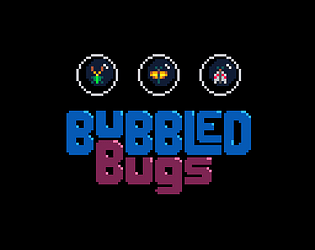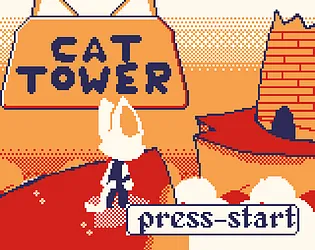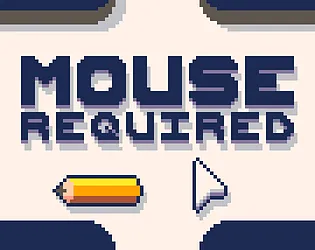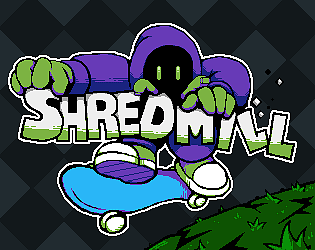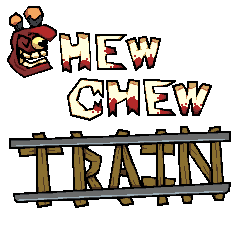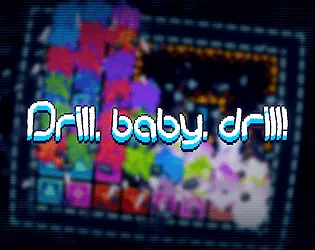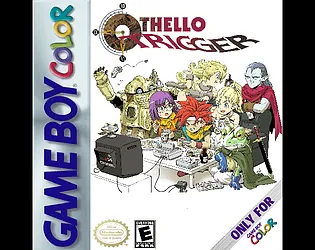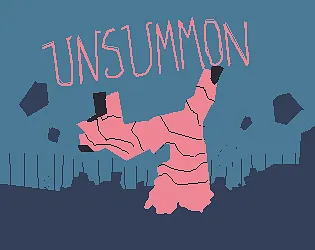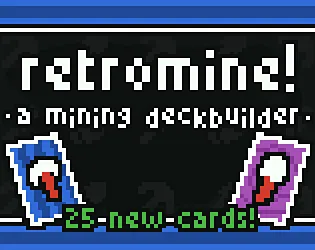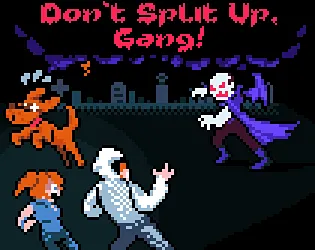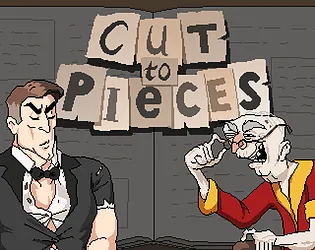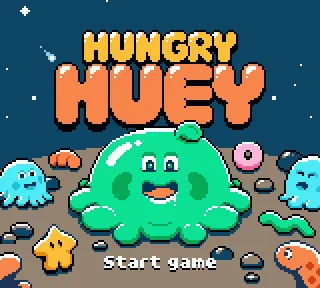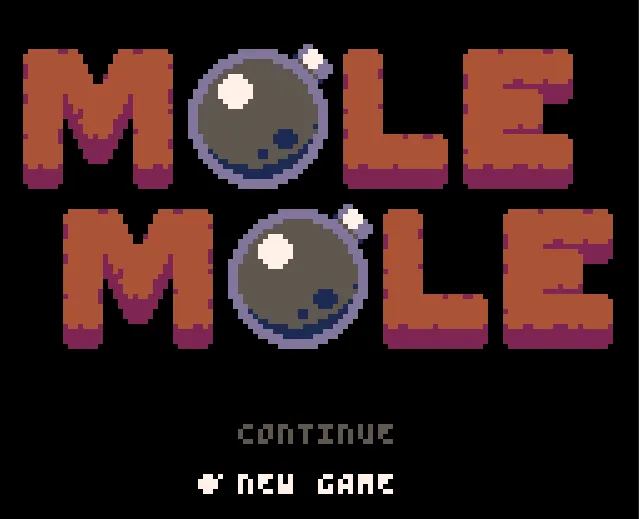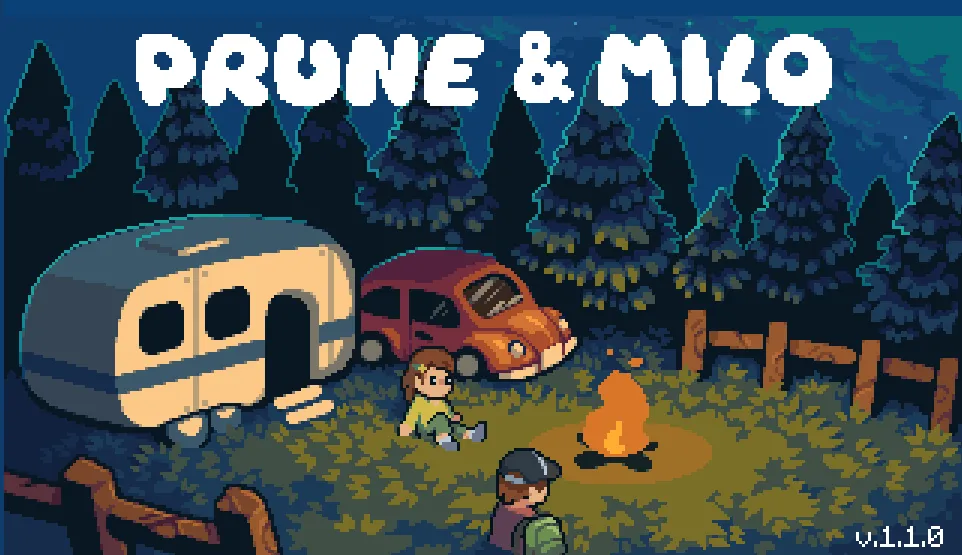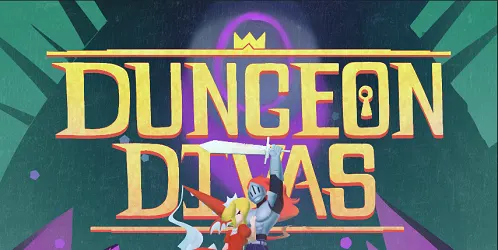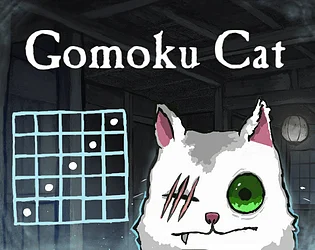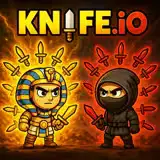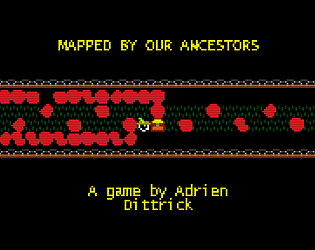
Mapped by our ancestors
Navigate the darkness through endless cycles of death and discovery
Mapped by our ancestors
A Journey Through Perpetual Darkness

Mapped by our ancestors presents a stark and contemplative experience: crawling through absolute darkness, dying repeatedly, learning nothing is permanent. This isn't a game about winning—it's about experiencing a journey where progress exists only in your memory, where each death erases everything except your growing understanding of the unseen paths ahead. Based on the foundation of "egglings Deluxe" by DexCG, Mapped by our ancestors strips away visual certainty and asks you to navigate purely through experience, failure, and accumulated knowledge.
The game's philosophy is simple yet profound: nothing you do will be saved, everything will eventually be forgotten. Yet within this cycle of impermanence lies the core experience—going as far as you can until you feel you've reached a "correct" ending. What constitutes correct? That's for you to discover through countless deaths in the darkness.
🎮 What is Mapped by our ancestors?
Mapped by our ancestors is an atmospheric exploration game built in PICO-8 where you navigate through darkness with no visual guidance beyond minimal pixel-art feedback. You move through an unseen world, bumping into walls, falling into pits, and discovering paths through trial and error. Each death resets your progress, but the knowledge of what lies ahead remains with you.
The game offers no hand-holding, no tutorials, no explicit goals beyond the implicit directive: explore, die, learn, repeat. You're crawling through spaces that were supposedly mapped by your ancestors—but those maps are lost to you. All that remains is the darkness and your determination to understand it through firsthand experience.
🕹️ Controls
Mapped by our ancestors uses minimalist controls befitting its stripped-down aesthetic:
| Action | Control |
|---|---|
| Move Up | ↑ Up Arrow or W |
| Move Down | ↓ Down Arrow or S |
| Move Left | ← Left Arrow or A |
| Move Right | → Right Arrow or D |
| Fullscreen (Windows) | F4 |
| Quit Game | ESC |
| Accept Your Fate | Y |
| Refuse Your Fate | N |
The simplicity of the control scheme reflects the game's philosophy: movement and choice are all you have in the darkness.
🧩 How to Play Mapped by our ancestors
The Core Experience
Mapped by our ancestors doesn't have traditional gameplay mechanics or objectives. Instead, it offers an experiential journey built on these principles:
Exploration Through Darkness
You begin in darkness with no indication of where you are or where you should go. Movement reveals nothing visually—you must bump into obstacles, fall off edges, and discover boundaries through collision. The world exists, but it's hidden from you. Your ancestors supposedly mapped these spaces, but you must rediscover them yourself, one death at a time.
The Cycle of Death and Memory
Death is inevitable and frequent in Mapped by our ancestors. You'll die to:
- Unseen hazards in your path
- Falls from heights you couldn't detect
- Encounters with dangers you didn't anticipate
- Simple missteps in the wrong direction
Each death resets your position, but not your understanding. The path you took exists in your memory. The turn that led to a fall is now knowledge. The safe route through danger becomes clearer with each failed attempt.
No Permanent Progress
Unlike traditional games, Mapped by our ancestors saves nothing. There are no checkpoints, no unlocked abilities, no persistent markers of achievement. When you die, the world resets as if you never existed. The only thing that persists is your mental map—the growing knowledge of where paths lead, where dangers lurk, and how to navigate the darkness.
This design choice transforms the experience from a game about mechanical progress into a meditation on memory, repetition, and the ephemeral nature of achievement.
The Philosophy of "Correct" Endings
Mapped by our ancestors asks you to go as far as you can until you feel you've reached a "correct" ending. There's no objective marker of completion, no credits roll triggered by a specific action. Instead, correctness is subjective:
- Distance as Completion – Perhaps going further than ever before feels like an ending
- Understanding as Completion – Maybe reaching a point where you comprehend the full layout constitutes completion
- Exhaustion as Completion – The moment you feel satisfied with your exploration might be your ending
- Choice as Completion – Accepting or refusing your fate when presented with the choice
The game trusts you to recognize your own ending, making each playthrough deeply personal.
The Fate Choice System
At certain points, Mapped by our ancestors presents you with a binary choice: accept your fate (Y) or refuse your fate (N). These moments aren't explained—you must decide based on your own interpretation:
- What does accepting your fate mean in this context?
- What happens if you refuse?
- Is this choice the end, or just another step?
- Does your choice matter, or is it as ephemeral as everything else?
The ambiguity is intentional. Mapped by our ancestors doesn't provide answers; it provides experiences and asks you to derive meaning from them.
📸 Mapped by our ancestors Gameplay Journey
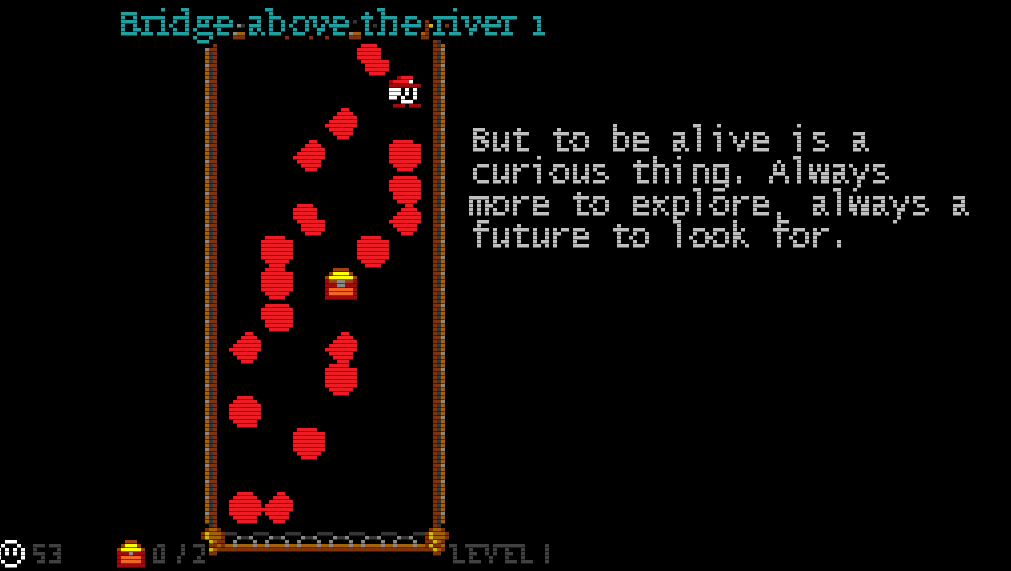
🎲 Initial Confusion and Discovery
Your first moments in Mapped by our ancestors are disorienting by design. You press an arrow key and move in darkness. You bump into something—a wall? You move another direction and suddenly fall—a pit? Death comes quickly, unexpectedly, without warning.
These early deaths are your introduction to the game's language. Each collision teaches you about the world's boundaries. Each fall reveals the presence of height differences. Each death shows you that failure isn't punishment—it's the learning mechanism itself.
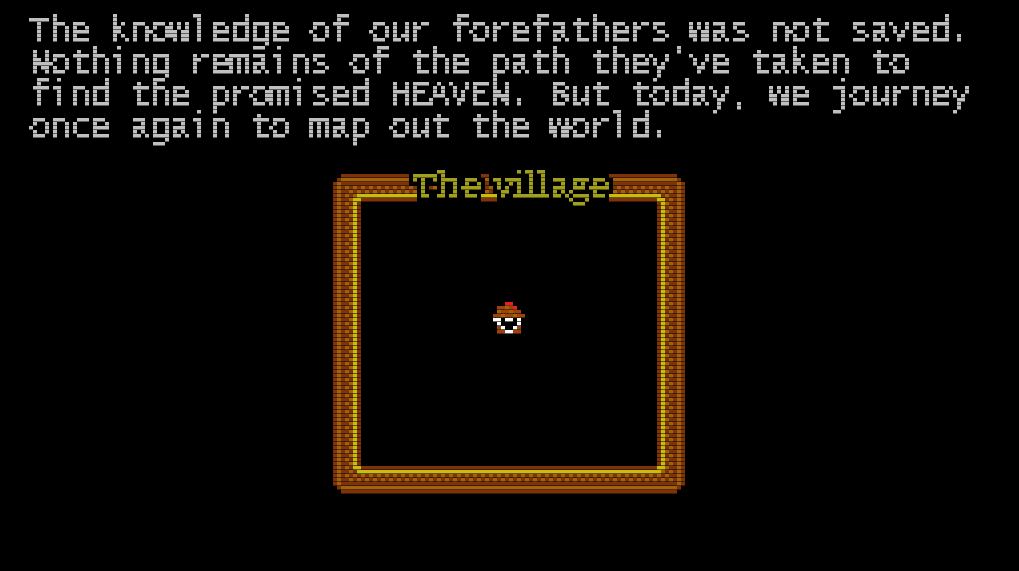
🧠 Building Your Mental Map
As you die repeatedly, patterns emerge. You remember that moving left from the starting position leads to a wall. You recall that three steps forward and two steps right leads to a pit. You build a mental map constructed entirely from negative space—from knowing where you can't go.
This middle phase of Mapped by our ancestors transforms from random exploration into strategic navigation. You're no longer moving blindly; you're following remembered paths. You're avoiding known hazards. You're pushing further into unmapped territory using your accumulated knowledge as a foundation.

⚡ Deep Exploration and Understanding
Eventually, you reach areas no previous attempt has revealed. Here, in the deepest darkness, Mapped by our ancestors asks the most of you. Your mental map is incomplete. Your memory might be faulty. One wrong step could send you back to the beginning, forcing you to retrace the entire journey.
These moments of deep exploration feel tense despite the game's minimalist presentation. You're not fighting enemies or racing a timer—you're fighting uncertainty. Each new step into unmapped territory is a gamble. Turn back and preserve your knowledge, or push forward and risk losing everything you've learned?
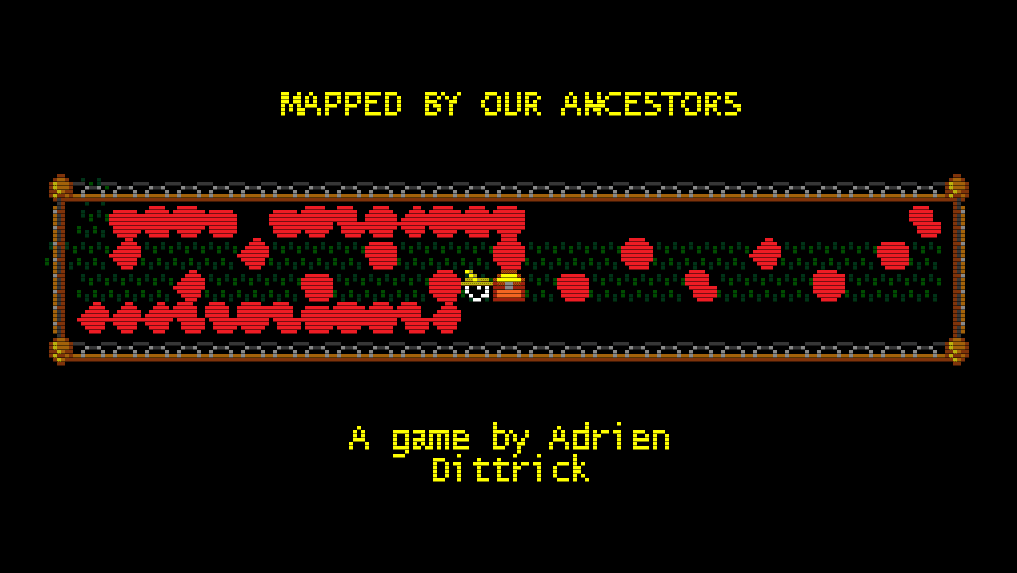
🏆 Finding Your Ending
At some point in Mapped by our ancestors, you'll reach a moment that feels conclusive. Perhaps you've navigated to the furthest possible point. Perhaps you've uncovered a choice between accepting or refusing your fate. Perhaps you simply feel satisfied with the journey.
This is your ending—not because the game declares it so, but because you've decided it is. The beauty of Mapped by our ancestors lies in this personal determination of completion. One player might consider reaching a specific location as the ending. Another might view their tenth death as a satisfying conclusion. The game provides the experience; you provide the meaning.
A Journey Through Perpetual Darkness

Mapped by our ancestors presents a stark and contemplative experience: crawling through absolute darkness, dying repeatedly, learning nothing is permanent. This isn't a game about winning—it's about experiencing a journey where progress exists only in your memory, where each death erases everything except your growing understanding of the unseen paths ahead. Based on the foundation of "egglings Deluxe" by DexCG, Mapped by our ancestors strips away visual certainty and asks you to navigate purely through experience, failure, and accumulated knowledge.
The game's philosophy is simple yet profound: nothing you do will be saved, everything will eventually be forgotten. Yet within this cycle of impermanence lies the core experience—going as far as you can until you feel you've reached a "correct" ending. What constitutes correct? That's for you to discover through countless deaths in the darkness.
🎮 What is Mapped by our ancestors?
Mapped by our ancestors is an atmospheric exploration game built in PICO-8 where you navigate through darkness with no visual guidance beyond minimal pixel-art feedback. You move through an unseen world, bumping into walls, falling into pits, and discovering paths through trial and error. Each death resets your progress, but the knowledge of what lies ahead remains with you.
The game offers no hand-holding, no tutorials, no explicit goals beyond the implicit directive: explore, die, learn, repeat. You're crawling through spaces that were supposedly mapped by your ancestors—but those maps are lost to you. All that remains is the darkness and your determination to understand it through firsthand experience.
🕹️ Controls
Mapped by our ancestors uses minimalist controls befitting its stripped-down aesthetic:
| Action | Control |
|---|---|
| Move Up | ↑ Up Arrow or W |
| Move Down | ↓ Down Arrow or S |
| Move Left | ← Left Arrow or A |
| Move Right | → Right Arrow or D |
| Fullscreen (Windows) | F4 |
| Quit Game | ESC |
| Accept Your Fate | Y |
| Refuse Your Fate | N |
The simplicity of the control scheme reflects the game's philosophy: movement and choice are all you have in the darkness.
🧩 How to Play Mapped by our ancestors
The Core Experience
Mapped by our ancestors doesn't have traditional gameplay mechanics or objectives. Instead, it offers an experiential journey built on these principles:
Exploration Through Darkness
You begin in darkness with no indication of where you are or where you should go. Movement reveals nothing visually—you must bump into obstacles, fall off edges, and discover boundaries through collision. The world exists, but it's hidden from you. Your ancestors supposedly mapped these spaces, but you must rediscover them yourself, one death at a time.
The Cycle of Death and Memory
Death is inevitable and frequent in Mapped by our ancestors. You'll die to:
- Unseen hazards in your path
- Falls from heights you couldn't detect
- Encounters with dangers you didn't anticipate
- Simple missteps in the wrong direction
Each death resets your position, but not your understanding. The path you took exists in your memory. The turn that led to a fall is now knowledge. The safe route through danger becomes clearer with each failed attempt.
No Permanent Progress
Unlike traditional games, Mapped by our ancestors saves nothing. There are no checkpoints, no unlocked abilities, no persistent markers of achievement. When you die, the world resets as if you never existed. The only thing that persists is your mental map—the growing knowledge of where paths lead, where dangers lurk, and how to navigate the darkness.
This design choice transforms the experience from a game about mechanical progress into a meditation on memory, repetition, and the ephemeral nature of achievement.
The Philosophy of "Correct" Endings
Mapped by our ancestors asks you to go as far as you can until you feel you've reached a "correct" ending. There's no objective marker of completion, no credits roll triggered by a specific action. Instead, correctness is subjective:
- Distance as Completion – Perhaps going further than ever before feels like an ending
- Understanding as Completion – Maybe reaching a point where you comprehend the full layout constitutes completion
- Exhaustion as Completion – The moment you feel satisfied with your exploration might be your ending
- Choice as Completion – Accepting or refusing your fate when presented with the choice
The game trusts you to recognize your own ending, making each playthrough deeply personal.
The Fate Choice System
At certain points, Mapped by our ancestors presents you with a binary choice: accept your fate (Y) or refuse your fate (N). These moments aren't explained—you must decide based on your own interpretation:
- What does accepting your fate mean in this context?
- What happens if you refuse?
- Is this choice the end, or just another step?
- Does your choice matter, or is it as ephemeral as everything else?
The ambiguity is intentional. Mapped by our ancestors doesn't provide answers; it provides experiences and asks you to derive meaning from them.
📸 Mapped by our ancestors Gameplay Journey

🎲 Initial Confusion and Discovery
Your first moments in Mapped by our ancestors are disorienting by design. You press an arrow key and move in darkness. You bump into something—a wall? You move another direction and suddenly fall—a pit? Death comes quickly, unexpectedly, without warning.
These early deaths are your introduction to the game's language. Each collision teaches you about the world's boundaries. Each fall reveals the presence of height differences. Each death shows you that failure isn't punishment—it's the learning mechanism itself.

🧠 Building Your Mental Map
As you die repeatedly, patterns emerge. You remember that moving left from the starting position leads to a wall. You recall that three steps forward and two steps right leads to a pit. You build a mental map constructed entirely from negative space—from knowing where you can't go.
This middle phase of Mapped by our ancestors transforms from random exploration into strategic navigation. You're no longer moving blindly; you're following remembered paths. You're avoiding known hazards. You're pushing further into unmapped territory using your accumulated knowledge as a foundation.

⚡ Deep Exploration and Understanding
Eventually, you reach areas no previous attempt has revealed. Here, in the deepest darkness, Mapped by our ancestors asks the most of you. Your mental map is incomplete. Your memory might be faulty. One wrong step could send you back to the beginning, forcing you to retrace the entire journey.
These moments of deep exploration feel tense despite the game's minimalist presentation. You're not fighting enemies or racing a timer—you're fighting uncertainty. Each new step into unmapped territory is a gamble. Turn back and preserve your knowledge, or push forward and risk losing everything you've learned?

🏆 Finding Your Ending
At some point in Mapped by our ancestors, you'll reach a moment that feels conclusive. Perhaps you've navigated to the furthest possible point. Perhaps you've uncovered a choice between accepting or refusing your fate. Perhaps you simply feel satisfied with the journey.
This is your ending—not because the game declares it so, but because you've decided it is. The beauty of Mapped by our ancestors lies in this personal determination of completion. One player might consider reaching a specific location as the ending. Another might view their tenth death as a satisfying conclusion. The game provides the experience; you provide the meaning.
Release date
Developer
Platform
